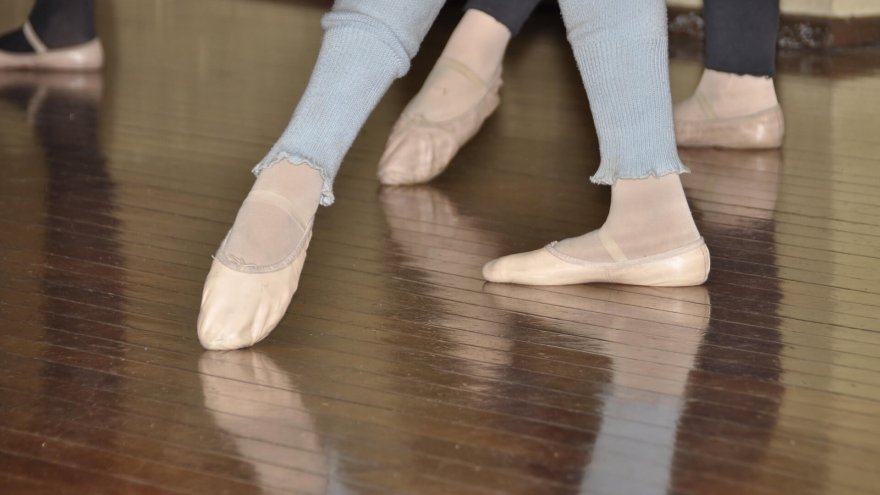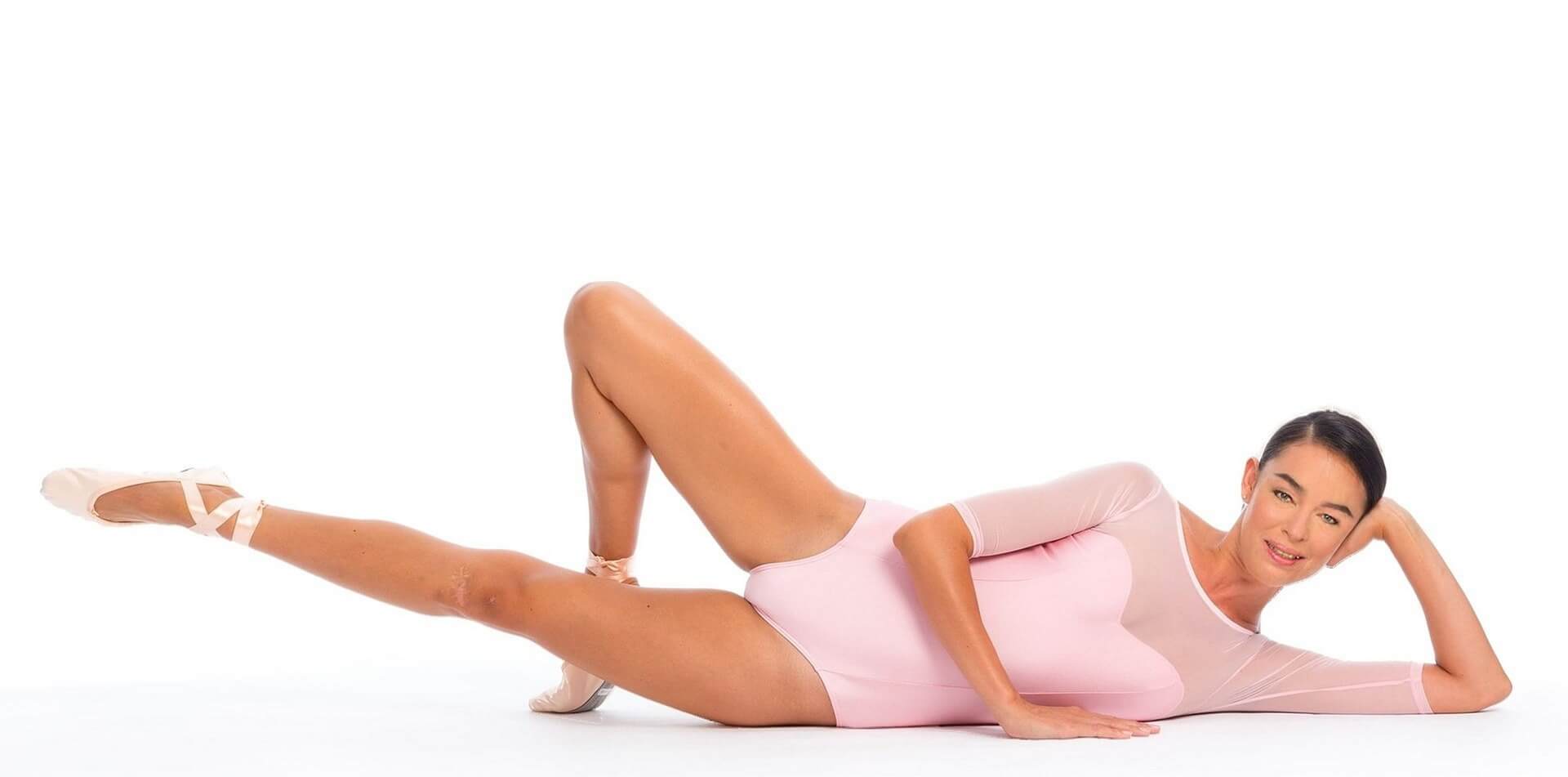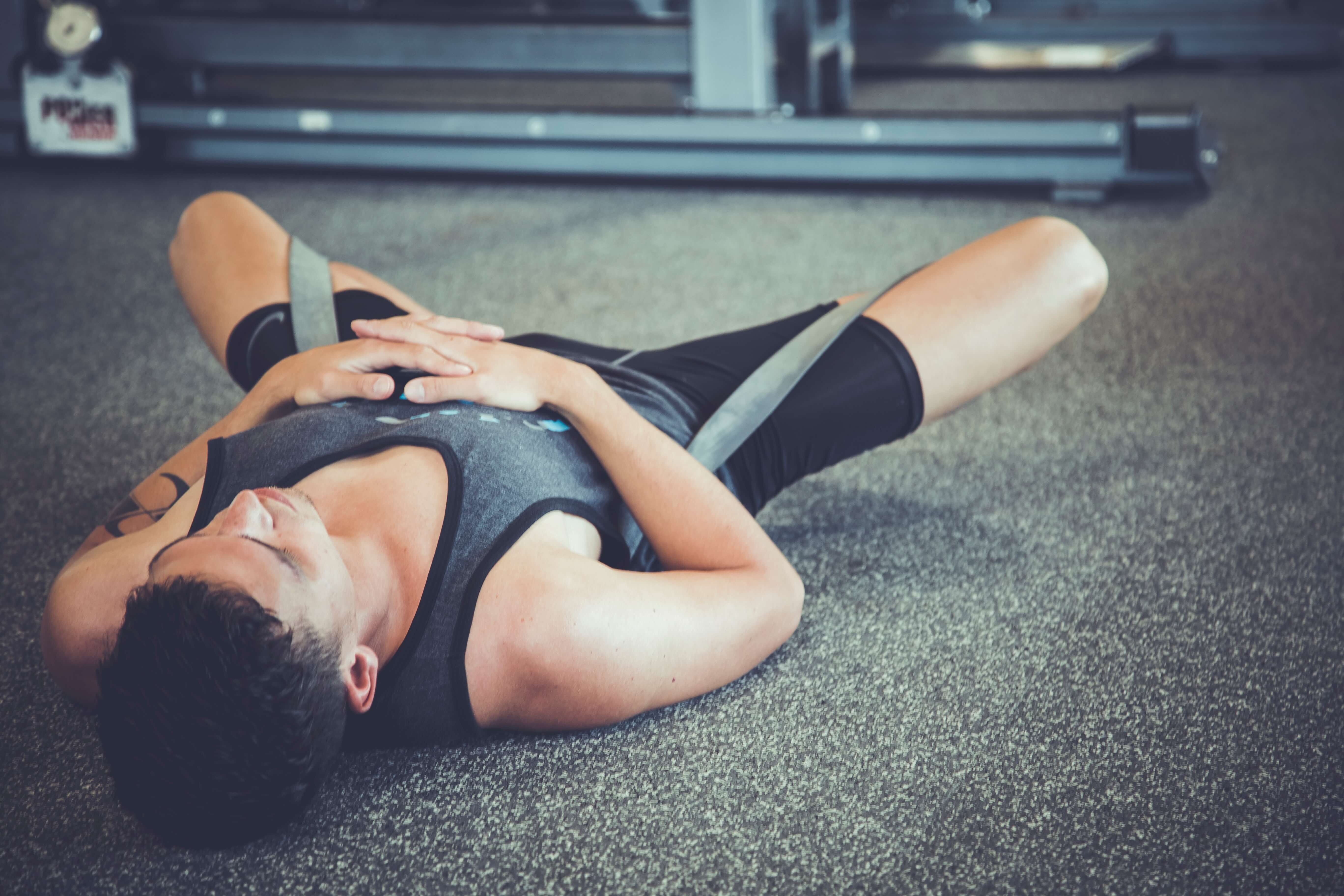Ballet for Stronger Running

Most athletes know that partaking in cross-training can be extremely beneficial to their performance. Continuously participating in only one sport can cause overuse injuries, weakness in muscles that go unused, and a plateau in fitness over time. It is smart for runners to alternate their workouts with other activities such as strength training, cycling, and swimming. One exercise that has been used as a form of cross-training, especially in the professional sports world, is ballet. Athletes from all over the world report that ballet has improved several physical components that have helped them with their sport. It has also provided them with a mental component since dancing is considered a fun activity and a change of pace from their routines.

Weight-Bearing Benefits
Since ballet is a standing exercise it provides similar weight-bearing benefits as many other activities. Weight-bearing exercise is especially helpful for keeping bones strong and preventing osteoporosis. Strong bones are important not only for older adults who are at risk for fractures but athletes involved in contact sports as well. Weight-bearing exercises provide the bones with increased stress that stimulates calcium deposits and promotes bone growth. Over time this bone growth helps keep arthritis risk low and protects against trauma.
Improves Flexibility and Coordination
As you may already know, ballerinas are known to be one of the most flexible athletes. Ballet classes are thought to be a high-intensity form of yoga due to all of the stretching benefits it provides. From high kicks in all directions to splits, most moves can help improve muscle tightness and joint range of motion that is required for most movements in other sports. For runners, this means more efficient running mechanics through the improved flexibility of the hip flexors, hamstrings, and IT band.

On top of flexibility, you can gain a good amount of coordination from the choreography that is part of ballet routines. Coordination is especially important for runners, as, without it, mechanisms such as deceleration and controlling cadence are limited. Working in a group, as most dance classes offer, also strengthens spatial awareness. This practice helps with sports that require an extreme focus on objects such as baseball, football, and basketball. Short distance running involves running in extremely tight groups, which also requires sharp spatial awareness.
Relieves Stress
Switching up your daily routine does wonder to relieve the stress that comes from repetitive activities. Runners tend to build anxiety and burnout after months and months of running every single day. It is recommended to fit in cross-training on a regular basis, and there is no better way to incorporate this than with dancing! Many ballet moves are difficult and require significantly strong balance, therefore are a great way to focus on mastering skills that are outside of your regular sport. This change in focus helps relax the mind from any struggles you may be going through with your performance.

Improves Running Specifics
Since running involves moving only in the sagittal plane, cross-training alternatives such as ballet can assist with balancing the body while working in all planes. One of the main complaints of pain, tightness, and injury are usually around the hip joints. Hip flexors and adductors (inner thigh muscles) get overused since they must keep the legs in line with the rest of the body and constantly drive the knees up during the process. Ballet involves stretching and elongating muscles, which can greatly reduce the risk of injuries in runners.
The one muscle group that is highly involved in ballet is the core. This group includes the abdominals, hips, chest and entire spine muscles and is in charge of stabilizing the body for any movement. Weakness in any of these areas will lead to overuse of other muscles such as in the lower legs, which can cause arthritis, tendinitis, and more limiting injuries such as tears. A strong core results in improved running posture, speed, and prevention of injury. Ballet includes holding many different postures for several seconds, and the core muscles are what keeps you aligned and stabilized during these movements.

If you are looking for a change of pace in your regular training and want to maximize the benefits, ballet is for you! With the array of physiological and mental strengthening components, ballet can definitely help runners improve their performance while lowering their risk of injury. If full-out ballet is too difficult for you, barre classes are widely available and incorporate the same moves in one low impact session. When choosing cross-training exercises it is important to find one that offers the most benefits, since runners already have limited time in their schedules. The key to sticking with a cross-training program is to make sure you actually enjoy the activity. Ballet and other dance classes are most definitely fun alternatives that keep you on your toes (literally) and help build other social connections outside of the running world.
Sources
Latest Articles
 Is Running on a Treadmill Easier Than Running Outside?Runners have their own preferences, whether it is treadmill running, running outside on the road, or exploring trails. So...
Is Running on a Treadmill Easier Than Running Outside?Runners have their own preferences, whether it is treadmill running, running outside on the road, or exploring trails. So... Is It OK to Use Trail Running Shoes on the Road?While trail running shoes can be used on roads, especially in situations where a runner encounters mixed terrains or pref...
Is It OK to Use Trail Running Shoes on the Road?While trail running shoes can be used on roads, especially in situations where a runner encounters mixed terrains or pref... How to Fix Sore Quads After Running?Rest, ice, gentle stretching, and over-the-counter pain relievers can help soothe sore quads after running. Also, ensure ...
How to Fix Sore Quads After Running?Rest, ice, gentle stretching, and over-the-counter pain relievers can help soothe sore quads after running. Also, ensure ... 10 Fruits With The Most Electrolytes to Replace Sports DrinksThese fruits are high in electrolytes such as potassium, magnesium, and calcium, essential for hydration, muscle function...
10 Fruits With The Most Electrolytes to Replace Sports DrinksThese fruits are high in electrolytes such as potassium, magnesium, and calcium, essential for hydration, muscle function...

